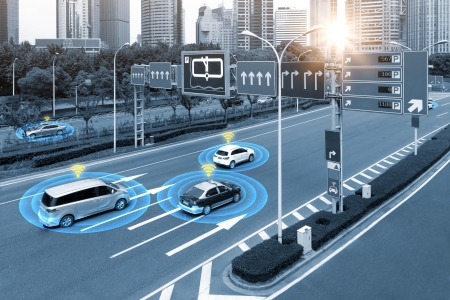Answer
We most often distinguish different levels of self-driving vehicles by referring to the so-called SAE Levels of Driving Automation [4]. This classification consists of six levels which are based on the extent to which technology supports the driving task: from level 0, where only the driver carries out the driving task, to level 5, where the vehicle completely carries out the driving task. Below the six levels are explained:
 |
|
 |
|
 |
|
